Cardiovascular disease remains one of the top contributors to morbidity and mortality in the United States. Increasing
evidence suggests that many processes, pathways, and programs observed during development and organogenesis are
recapitulated in adults in the face of disease. Therefore, a heightened understanding of cardiac development and organogenesis will help increase our understanding of developmental defects and cardiovascular diseases in adults. Chicks have long served as a model system in which to study developmental problems. Detailed descriptions of morphogenesis, low
cost, accessibility, ease of manipulation, and the optimization of genetic engineering techniques have made chicks a robust
model for studying development and make it a powerful platform for cardiovascular research. This review summarizes the
cardiac developmental milestones of embryonic chickens, practical considerations when working with chicken embryos,
and techniques available for use in chicks (including tissue chimeras, genetic manipulations, and live imaging). In addition,
this article highlights examples that accentuate the utility of the embryonic chicken as model system in which to study cardiac
development, particularly epicardial development, and that underscore the importance of how studying development
informs our understanding of disease.
